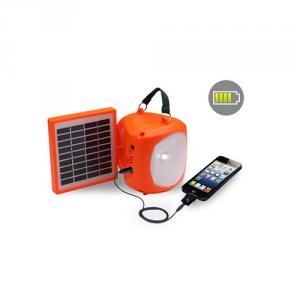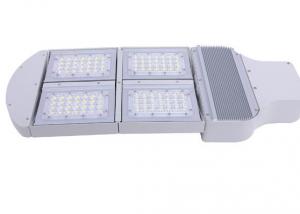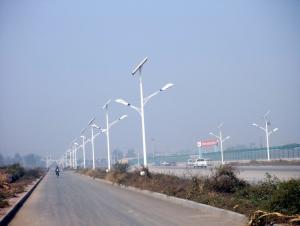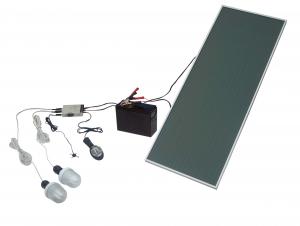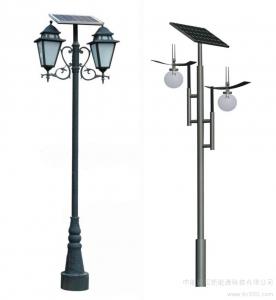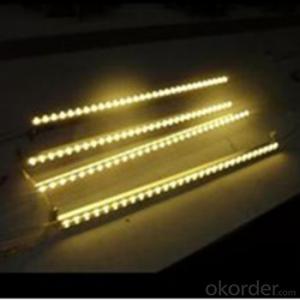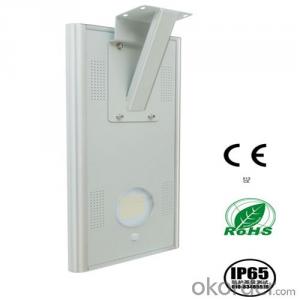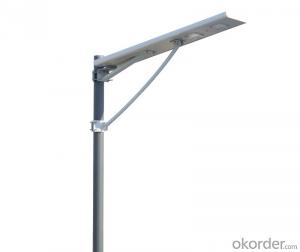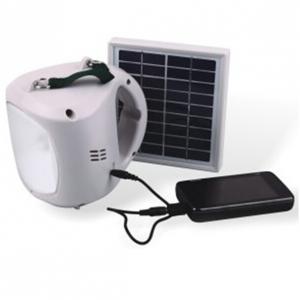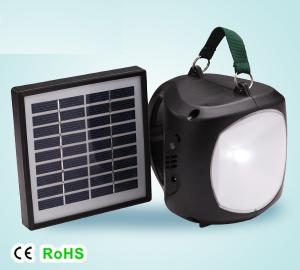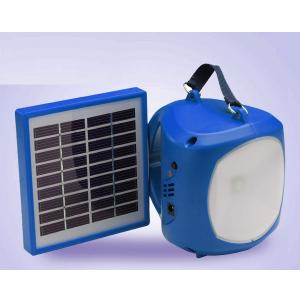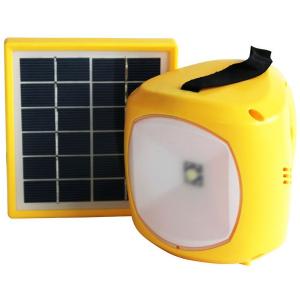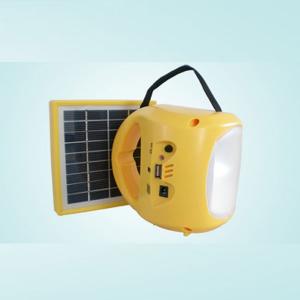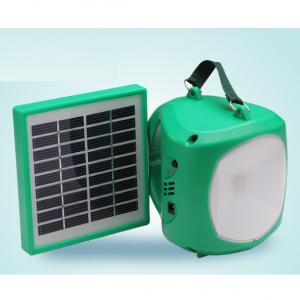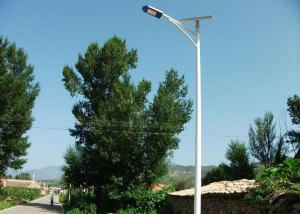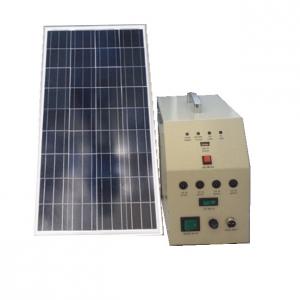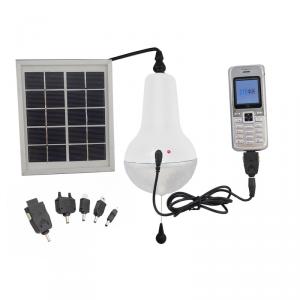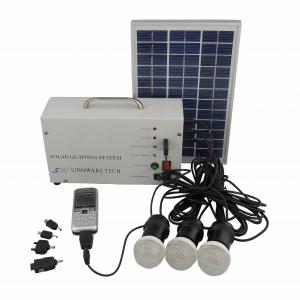Solar Light for A Lighthouse - Newest Mobile Charge LED Solar Lamp 1.7W 9V Orange
- Loading Port:
- Shenzhen
- Payment Terms:
- TT/LC
- Min Order Qty:
- 100Sets set
- Supply Capability:
- 20000 SETS Per Month set/month
OKorder Service Pledge
OKorder Financial Service
You Might Also Like
This newest mobile charge led solar lamp 1.7w 9v orange from china manufacturer is Adjustable brightness to meet your lighting hours requirements. The LED solar lantern can be charged by sunlight and AC charger. We support OEM & ODM solar lights. Sampling and production and every solar lighting product with are under strict quality control, and our profesional team to give rapid response on all inquiries. The Bigger quanitity, the more discount.
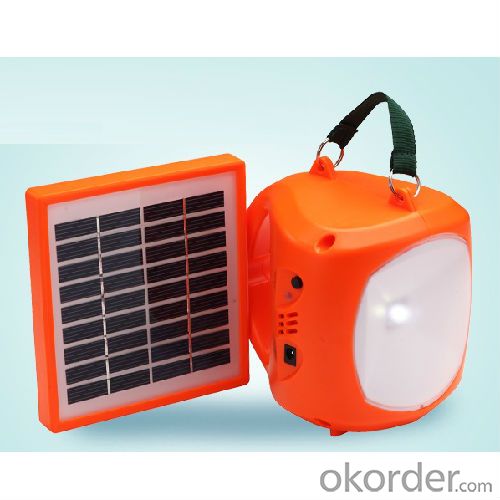
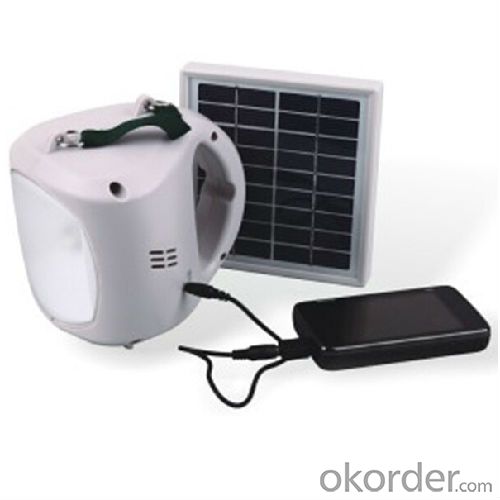
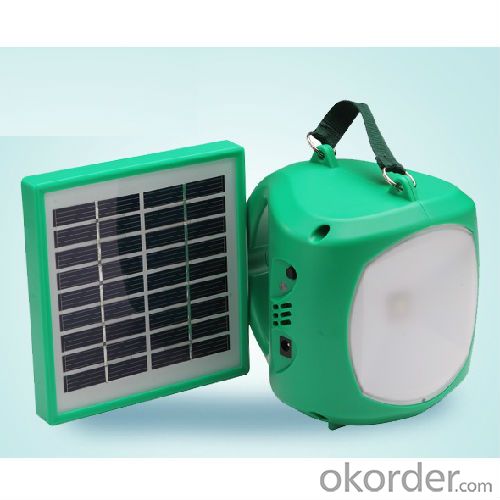

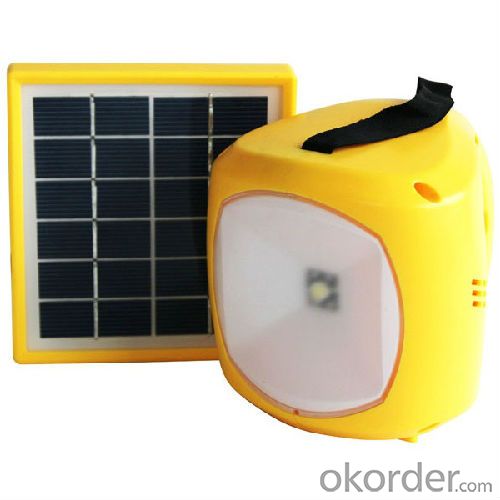
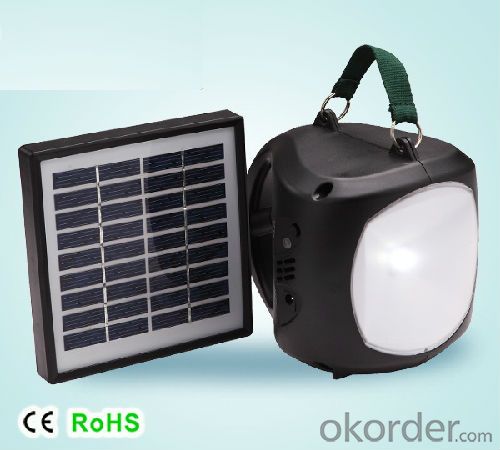

Features
1. Solar Panel: 1.7W 9V polycrystalline silicone panel with 3M cable;
2. Battery: 3200mAH 6V lead acid battery
3. Lantern: with USB mobile charge function; with LED indicator for battery status.
4. Lightness: 1w LED of 130 lumens; dimmable 4 steps of lighting.
5. 4 steps of dimmable lumen of different lighting hours: 40 hours, 20 hours, 12 hours, 150 hours.
6. With over charge and over discharge protection.
7. Low energy consumption;
8. Optional AC adaptor charge;
9. With USB Mobile charging: for Nokia 6101, Micro USB, Mini USB,
10. Certificate: CE
11. Warranty period: 1 year.
12. Color Options: Yellow, orange, Blue, Green, Grey, Black
Usage/Applications
Rural homes, campers, fishermen, outdoor campaigns or activities, etc.Remote area, mountainous area, desert area, grassland area,
Village, country area, Camping, outdoor activities, travel, Lighting at night.
Customized options
1. This solar led lantern is available for custominzing all colors of lamp shell.
2. This led solar lantern can be made as with or without mobile charge function.
3. It's also available to customize your own solar lights, solar lanterns, or any solar lighitng products by giving us solar lights picture / 3D draft / technical datas.
Packing & Delivery
Package:
1 * solar panel
1 * solar powered led lantern
3 * mobile charge phone heads
lantern size: 146*129*145mm
inner box size: 175*140*152mm
24pcs/carton
carton size:575*360*485
Delivery:
|
Shipping Service |
Estimated Delivery Time |
|
DHL |
2-8 business days |
|
FedEx |
3-8 business days |
|
TNT |
2-10 business days |
|
UPS |
1-7 business days |
|
EMS |
6-14 business days |
|
ePacket |
7-12 business days |
|
China Post Air Mail |
7-15 business days |
|
China Post SAL |
14-30 business days |
|
Air freight |
3-10 business days |
|
By Sea |
30-40 business days |
1. 3-5 business days for Sample Orders; 7-30 business days for Bulk Orders for Bulk Orders.
2. "Business days" means Monday-Friday, excluding holidays.
3. DHL and UPS cannot ship to military or P.O. boxes address
4. The Shipping Service above is for reference only, for any other questions, please feel free to contact us.
Factory
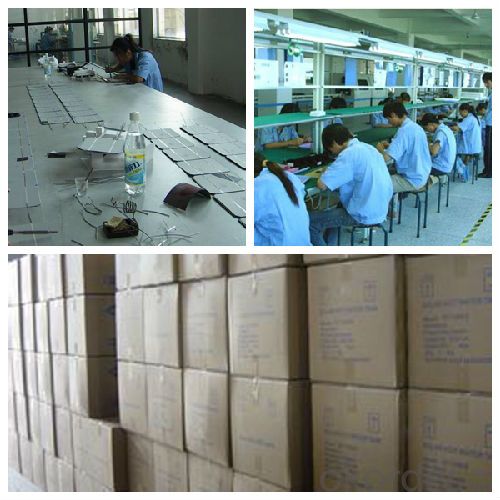
- Q: How do you ensure proper maintenance of solar light batteries?
- To ensure proper maintenance of solar light batteries, it is important to follow these steps: 1. Regularly clean the solar panels to maximize sunlight absorption. 2. Check the battery connections for any corrosion or loose connections and tighten or clean them if necessary. 3. Keep the solar lights away from shade or obstructions to ensure they receive sufficient sunlight. 4. Replace the batteries when they show signs of decreased performance or are not holding a charge effectively. 5. Store the solar lights in a dry and cool place during extended periods of non-use, especially during harsh weather conditions. 6. Read and follow the manufacturer's instructions for specific maintenance guidelines.
- Q: Do solar lights have a built-in overcharge or discharge protection?
- Yes, most solar lights have a built-in overcharge and discharge protection mechanism. This feature prevents overcharging of the battery during the day when the solar panel is generating excess energy, ensuring the longevity of the battery. Additionally, it also prevents the battery from fully discharging, which helps maintain its performance and extends its lifespan.
- Q: Can solar lights be used for public park or playground lighting?
- Yes, solar lights can be used for public park or playground lighting. They are a sustainable and cost-effective option that can provide illumination without the need for electricity grid connectivity. Solar lights can be easily installed in outdoor areas, harnessing solar energy during the day and automatically illuminating the park or playground at night.
- Q: Are solar lights compatible with mobile app control?
- Yes, some solar lights are compatible with mobile app control. These lights typically have built-in Wi-Fi or Bluetooth connectivity that allows users to control and monitor their settings, such as brightness levels, timers, and even color options, through a dedicated mobile app.
- Q: Can solar lights be used in remote areas?
- Certainly, solar lights are a viable option for use in remote areas. In fact, they are particularly well-suited for such regions where access to electricity is limited or non-existent. Solar lights function by harnessing the sun's energy to charge their batteries during the day, enabling them to emit light at night. This adaptability makes them an excellent choice for areas that lack connections to the electrical grid. One of the primary advantages of utilizing solar lights in remote areas is their independence from conventional power sources. Consequently, individuals residing in these regions can enjoy lighting without the need for costly infrastructure or ongoing electricity expenses. Additionally, solar lights are straightforward to install and require minimal upkeep, making them a practical and cost-effective solution for remote areas. Furthermore, solar lights can greatly enhance safety and security in remote areas. They can be employed to illuminate streets, pathways, and public spaces, thereby facilitating safer nighttime navigation. Furthermore, solar lights can be utilized in homes, schools, and health clinics in remote areas, ensuring that basic lighting needs are met and enhancing the overall quality of life for residents. Moreover, solar lights are environmentally friendly, emitting no harmful emissions and relying solely on renewable energy sources. By utilizing the abundant sunlight available in remote areas, they contribute to reducing carbon footprints and preserving the natural environment. In summary, solar lights are a pragmatic, cost-effective, and sustainable solution for lighting in remote areas. They provide access to lighting in regions where traditional electricity is unavailable and contribute to improved safety, security, and quality of life for individuals residing in these areas.
- Q: How do solar lights enhance home security?
- Solar lights enhance home security by providing increased visibility and illumination around the property. They act as a deterrent to potential intruders by illuminating dark areas and making it difficult for them to approach undetected. Additionally, solar lights can be strategically placed around entry points, pathways, and driveways, making it easier for homeowners to navigate and identify any suspicious activity. The presence of well-lit areas also gives homeowners peace of mind, knowing that their property is better protected and monitored.
- Q: Are solar lights easy to move around?
- Indeed, solar lights tend to be simple to relocate. Generally, solar lights are crafted to possess portability and lightness, granting effortless movement and placement according to one's requirements. Usually, they are accompanied by stakes or mounting possibilities, enabling effortless installation or repositioning within different sections of your outdoor area. Furthermore, as solar lights operate through sunlight, there is no need for wiring or electricity, rendering them exceedingly convenient and adaptable for relocation as necessary.
- Q: Can solar lights be used for public squares or plazas?
- Yes, solar lights can definitely be used for public squares or plazas. Solar lights are a sustainable and cost-effective lighting solution that can provide adequate illumination for outdoor spaces, including public squares and plazas. They harness energy from the sun during the day and store it in batteries, which powers the lights during the night. Solar lights are easy to install, require minimal maintenance, and can enhance the safety and aesthetics of public spaces while reducing energy consumption and carbon footprint.
- Q: Do solar lights have adjustable brightness levels?
- Yes, some solar lights have adjustable brightness levels.
- Q: Are solar lights suitable for camping or outdoor activities?
- Yes, solar lights are suitable for camping or outdoor activities. They are portable, lightweight, and do not require electricity as they charge through sunlight. Solar lights provide a convenient and eco-friendly lighting option for various outdoor activities, ensuring visibility and safety during nighttime.
1. Manufacturer Overview
| Location | |
| Year Established | |
| Annual Output Value | |
| Main Markets | |
| Company Certifications |
2. Manufacturer Certificates
| a) Certification Name | |
| Range | |
| Reference | |
| Validity Period |
3. Manufacturer Capability
| a) Trade Capacity | |
| Nearest Port | |
| Export Percentage | |
| No.of Employees in Trade Department | |
| Language Spoken: | |
| b) Factory Information | |
| Factory Size: | |
| No. of Production Lines | |
| Contract Manufacturing | |
| Product Price Range | |
Send your message to us
Solar Light for A Lighthouse - Newest Mobile Charge LED Solar Lamp 1.7W 9V Orange
- Loading Port:
- Shenzhen
- Payment Terms:
- TT/LC
- Min Order Qty:
- 100Sets set
- Supply Capability:
- 20000 SETS Per Month set/month
OKorder Service Pledge
OKorder Financial Service
Similar products
Hot products
Hot Searches
Related keywords






